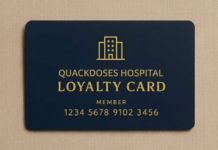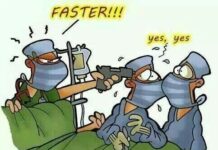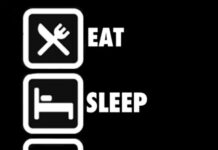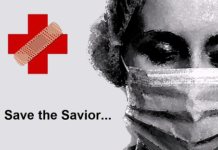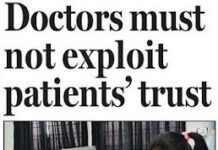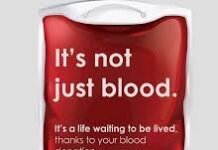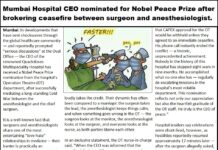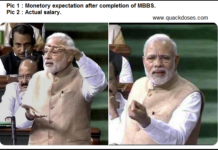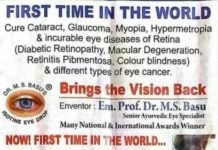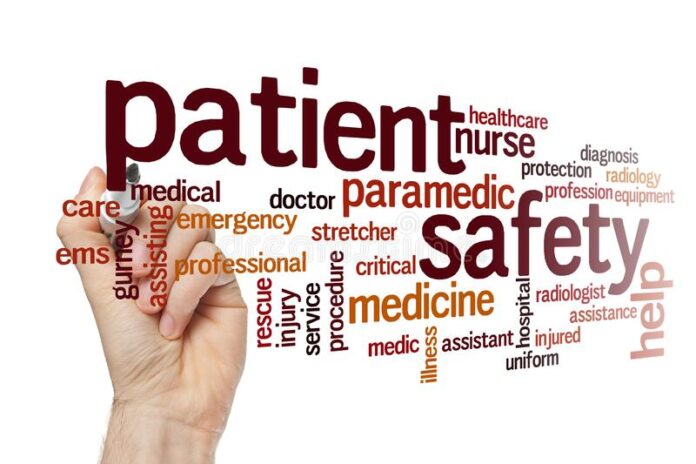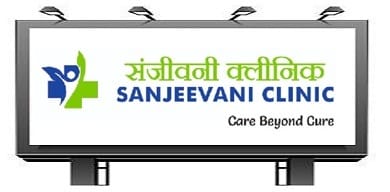We all know that ‘To err is human’, but did you know that a recent study by the Harvard University showed that more than 50 lakh patients die in India every year due to medical errors triggered by lack of practical knowledge among the doctors and nurses to handle patients when brought to the hospital.
India is an economy where government spends less than 2% of its GDP on health (with government hospitals characterised by chronic overcrowding, under-funding, and facilities perpetually stretched to the limit), lack of access to hospitals, lack of awareness, there is poor doctor-patient ratio (less than one doctor per 1,000 people), ill-equipped hospitals, insufficient number of labs and diagnostic facilities, absence of medical records of patients, etc. The picture of other healthcare workers, including nurses, is equally appalling.
Though most of us are well aware of these ills plaguing the healthcare sector in India, what is not often talked about are adverse events in ‘patient safety’.
Patient Safety is defined as a freedom for a patient from unnecessary harm or potential harm associated with provision of health care, including hand hygiene, surgery, injection, medication, blood transfusion, infection control and hospital waste management.
Not only in India, it is increasingly being recognised as an issue of global importance. 100s of incidents compromising patient care occur daily in hospitals across the country, but I personally believe that less than 1% of such potential harm actually get reported.
Let us look at few examples (which are just few of the incidents from the best of hospitals I know of), which I’m sure you’d have read nothing about, in any newspapers or on social media.
- A young patient operated for an abdominal surgery comes back to emergency after 5 days with pain in abdomen. Patient is sent for X-ray abdomen to rule out intestinal obstruction or perforation. X ray technician sees a scissor in the abdomen – informs emergency doctor – informs surgeon – patient is counselled for emergency surgery, without counselling for the diagnosis – No X-ray abdomen showing the scissor is handed over at time of discharge.
- An overzealous emergency physician thrombolysed a patient with an acute infarct, without waiting for the full MRI scan which shows a ‘hemorrhagic transformation’ & patient dies after a massive bleed in the brain – MRI cuts showing the hemorrhage on the initial MRI are not handed over the relatives.
- 2 patients die after ‘colorless’ Chlorhexidine is given as flush, instead of normal saline after inserting a central line.
- Patient becomes hypoxic and dies due to wrongful intubation in the esophagus, instead of the trachea.
- A young patient gets his arm amputated as a result of wrongful ‘direct’ injection in the ‘artery’ instead of a vein without the use of IV cannula.
- A patient has a urethral rupture after a young resident inflates the bulb of the catheter without inserting the catheter till the ‘Y’.
- An elderly patient’s gangrenous hand is amputated under local anesthesia (instead of general anesthesia) since the anesthesiologist on call will take some time to come and the surgery resident does not want to miss out on the ‘cutting’.
- A senior doctor’s son, freshly graduated, is allowed to insert a central line. He inserts the guide wire all the way inside the jugular vein. CVTS Surgeon is then called to troubleshoot.
Such cases where patient safety is compromised hardly get reported by ANY hospital, unless patient files a medical negligence case against them. Things are only retrospectively discussed in internal hospital disciplinary or morbidity / mortality committees but never acknowledged, to avoid any dent in hospital’s reputation and medico-legal litigation.
Hospital staff also voluntarily do not report errors or adverse events (with doctors themselves being reluctant participants), because when things go wrong news spreads fast like wild fire, and the search to find who is at fault is on. This can all too easily develop into a witch hunt, with the blame game shifting culpability from one person to another, who might then feel threatened in reporting such events.
Most of the Quality Accreditation bodies in the country also have their primary focus on checking only for policies, systems and documentation in the hospitals, with ignorance towards patient safety, and are slowly losing their credibility. In the private sector, attention to promotion of quality of care has been mainly driven by the business interest.
Also, external committees incorporated to investigate ‘medical negligence’ cases can usually be manipulated, and are often unfair & biased in their report due to the ‘contacts’ of hospitals & doctors.
Over the last few weeks, I’ve been thinking a lot about focusing on some of the PRACTICAL SOLUTIONS rather than the problem, and decided to jot them down.
- Delineation of patient safety and Quality, as they are both empirically different from each other.
- Once a problem is recognised, it needs to be talked and openly discussed amongst all the stakeholders – doctors, nurses, technicians, internal committee as well as the staff at all levels in a health facility up. The solutions are likely to emerge from sustained communications and dialogues.
- Every facility should develop a plan for training of staff, with regular workshops and training on Infection Control, hand hygiene and Patient Safety.
- A culture of reporting, discussion and learning from mistake needs to be developed at hospitals. We need a system for reporting errors and lapses of discipline even when no adverse event has occurred.
- Ensuring that patient safety processes are clearly communicated to patients and caregivers prior, during and after the medical intervention using different communication means such as videos, mobile apps, etc.
- Introduction of anonymous reporting system in healthcare facilities to be used by healthcare facility staff, students, residents, patients and families, or with the use of a ‘Ballot box’.
- Integration of web-based grievance system and toll-free helpline for Patient Safety.
- Implementation of standard treatment guidelines and treatment flows.
- The training need on patient safety for graduate curriculum for various cadres of health staff including doctors, nurses, laboratory technicians and pharmacists.
- Accreditation of healthcare facilities and strengthening quality assurance mechanisms.
- There is a shortage of trained medical personnel in rural areas. The only way to address this is to greatly increase the number of government medical colleges, increase government financial allocation and spending.
- Establishment of a safety culture and improving communication, patient identification and handing over transfer protocols in healthcare facilities. Mistakes are common and can be devastating when they occur.
- Robust analysis of the data and feedback mechanism on what is happening after implementing accreditation / quality improvement activities in relation to care and safety.
- In India, the Consumer Protection Act serves as a check / incentive to modern medical practitioners to provide high quality health care. Unfortunately, even this legal mechanism is not accessible to the poor.
- The ill-advised move of the government of India to allow graduates in Ayurveda to practice surgery must be stopped. It is impossible for Ayurveda to incorporate surgical techniques while ignoring the other domains of modern medicine. An epidemic of catastrophic complications, disproportionately affecting the poor can be expected if surgical procedures are performed by the poorly trained.
- Also, today’s medicine is increasingly becoming technology driven. New technologies create new methods for producing errors and constant vigilance is required to track these.
In the last 10 to 15 years, many initiatives have been taken by the Government of India and hospitals to improve quality of healthcare services and strengthen patient safety, yet, a lot still needs to be done.
By and large, patient safety errors occur because of bad systems and not bad people.
When the above measures are part of daily practice in an organisation, we can say the seed for a culture of patient safety in an institution is sown.
We must not forget that, patient safety is knowledge, it’s intentional, it’s a habit, it’s a way of life, and when it influences a group behaviour, it becomes a culture.


